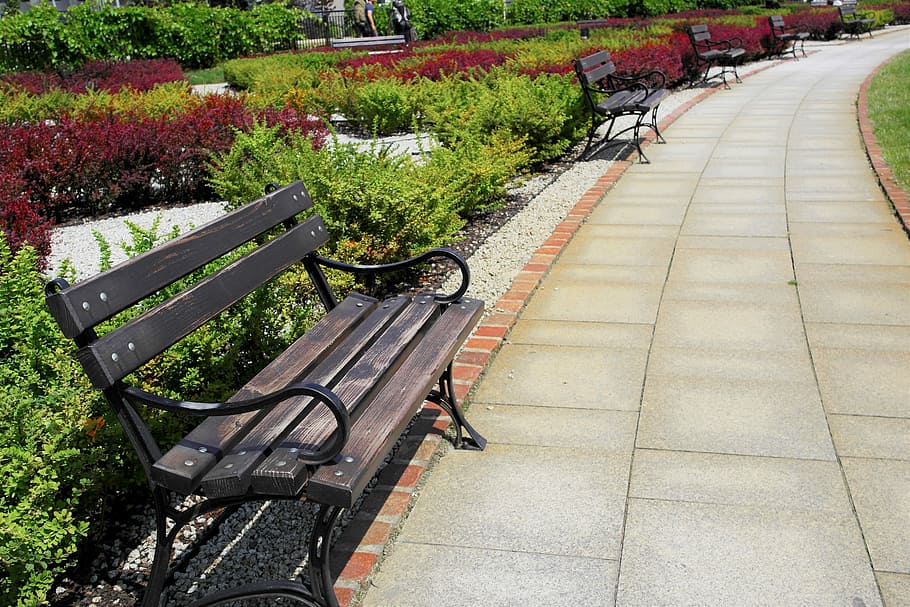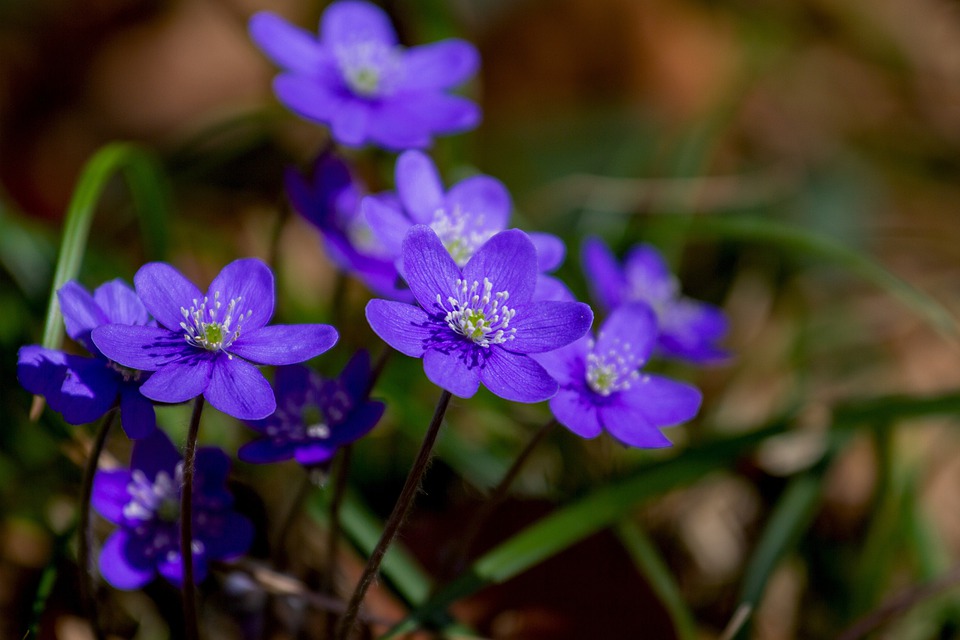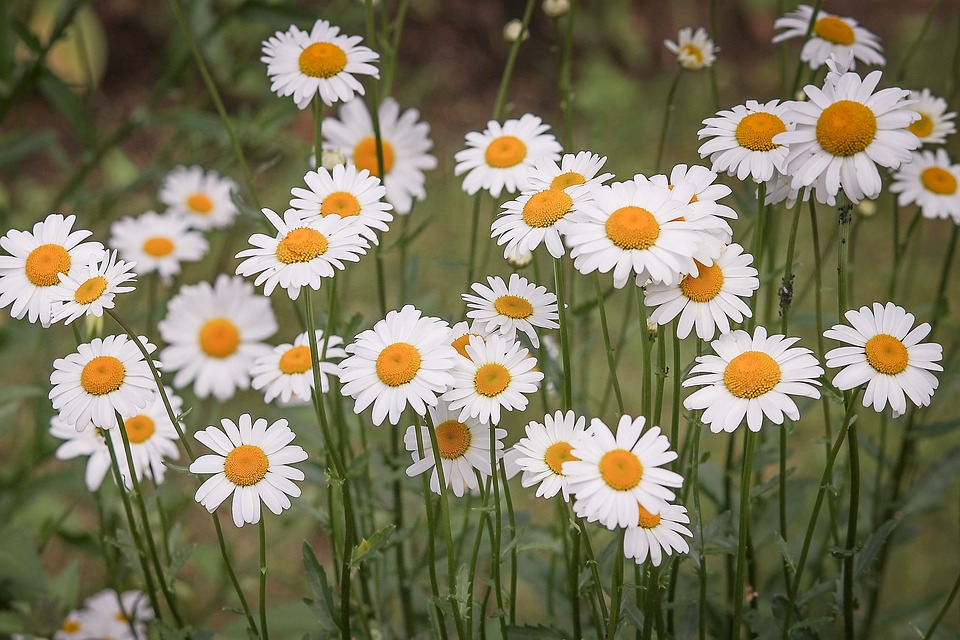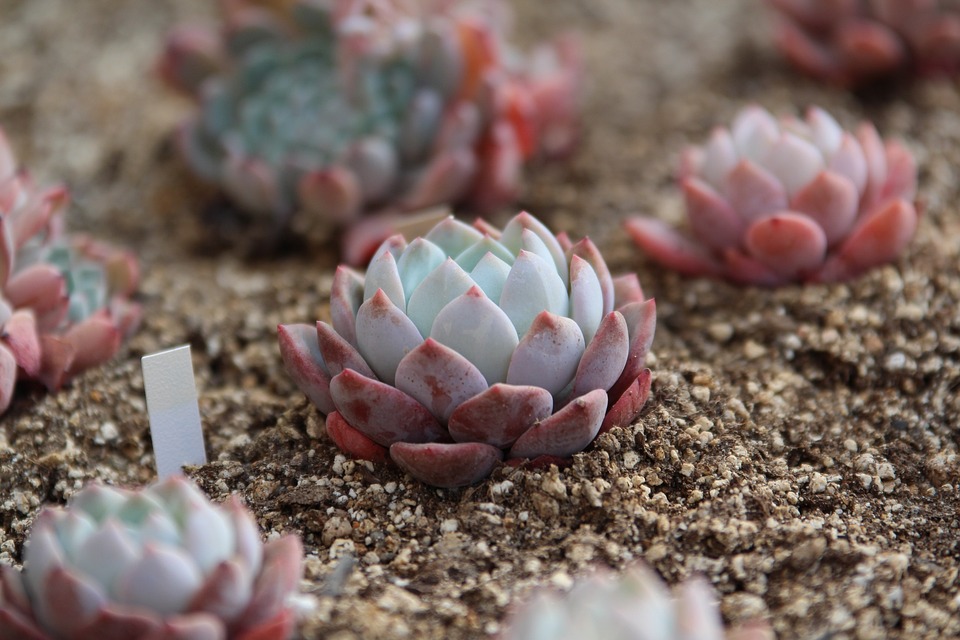How to Create a Sidewalk Garden: A Guide to Greening Your Urban Space
If you’ve ever admired the charming sidewalk gardens on the Ile de Ré, you’ll understand the allure of transforming the concrete jungle into a green oasis. Today, sidewalk gardens are becoming increasingly popular, not only in rural areas but also in the heart of bustling cities. If you and your neighbours are eager to embark on a sidewalk gardening adventure, this practical guide is tailored just for you.
Exploring Sidewalk Gardens
In recent years, urban green initiatives have been on the rise, from community gardens to city vegetable plots and even unconventional projects like seed bombs and foam graffiti. While sidewalks officially belong to the public domain, numerous municipalities are now embracing the idea of sidewalk gardens, allowing residents to plant small strips of greenery (approximately 15 cm wide) along the sidewalk-wall junction of their homes.
Local associations have sprung up to advocate for such projects and offer guidance to residents, encouraging them to reintroduce biodiversity into urban settings. If the idea of creating a sidewalk garden piques your interest, consider reaching out to these associations for valuable advice.
Step 1: Connect with Your Neighbours
Creating a genuine sidewalk garden often involves specific tasks, such as cutting the sidewalk, removing debris, and adding topsoil—endeavours that require municipal approval. Rallying your neighbours can significantly ease the process. Start by reaching out to fellow residents to gauge their interest and consider forming a neighbourhood association dedicated to this initiative.
Step 2: Consult Your Town Hall
If there’s a shared desire to establish a sidewalk garden on your street, get in touch with your town hall to determine:
- If they grant permission for sidewalk gardens.
- Whether they are willing to provide financial support for the necessary work.
Many municipalities are enthusiastic about such initiatives, as they offer an affordable way to enhance the urban environment, reduce pollution, and foster community bonds among residents.
Step 3: If Sidewalk Gardens Aren’t Possible, Consider Planters
In cases where creating a full sidewalk garden isn’t feasible due to municipal regulations, you can explore the option of placing flower boxes along your home’s wall. However, it’s crucial to secure permission from your municipality, as you don’t have an inherent right to do so. Generally, permission is rarely denied if you commit to not obstructing pedestrian movement on the sidewalk.
Consider the following practical aspects when opting for planters:
- Choose narrow planters (approximately 15 to 17 cm wide) to minimize sidewalk encroachment.
- Ensure your planters have drainage holes.
- Opt for stable materials like terracotta, which is heavy enough to withstand wind and deter theft.
- Regularly trim plants that might encroach on public space or obstruct pedestrian traffic.
- When watering, avoid excessive spillage onto the sidewalk by adding a layer of draining clay balls to the planter.
Step 4: Install Trellises for Climbing Plants
Chances are, you’ll want to cultivate climbing plants in your sidewalk garden. Avoid spiky climbers like ivy or Virginia creeper, as they can pose challenges during facade maintenance. Train all other climbers on a support structure against the wall.
Choose wooden or plastic trellises, with some expandable models available to fit your wall’s size. Maintain at least a 5 cm gap between the support and the wall to allow air circulation around the plants.
Note: If you’re planting in planters, you can also install trellises within them, preferably attaching them to the facade with double-sided adhesive tape.
Step 5: Select Suitable Plants for Your Sidewalk Garden
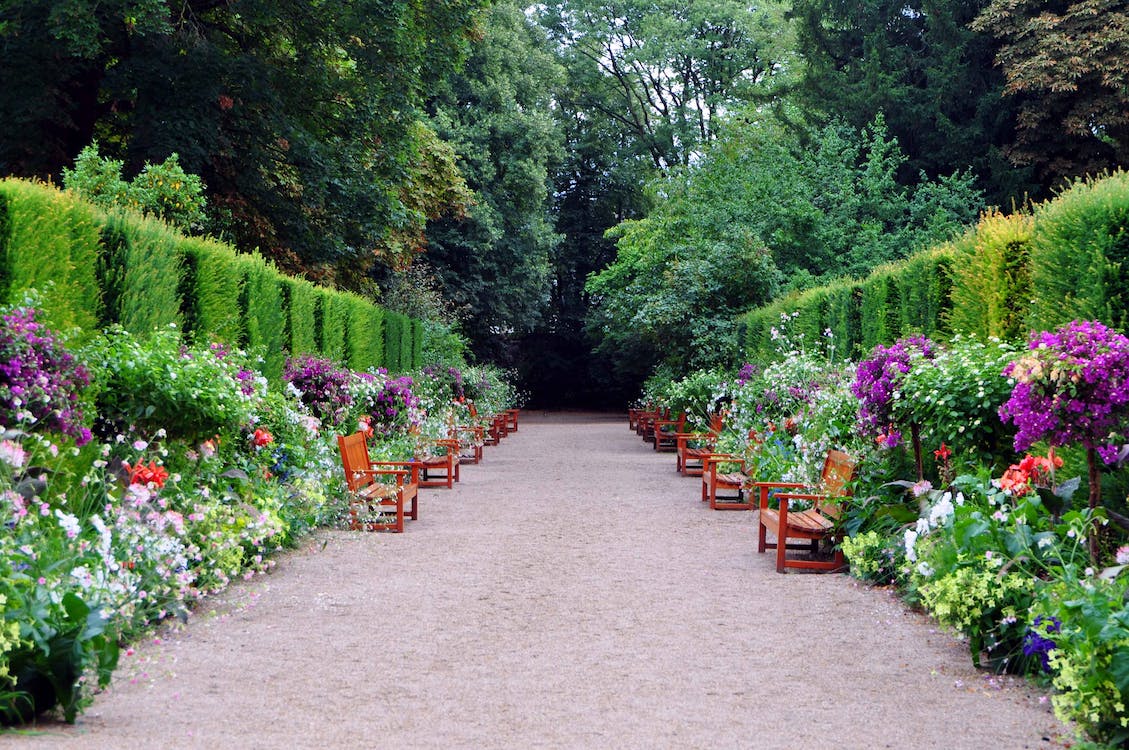
Consider the Sunlight Duration
Choose plants based on the amount of sunlight they will receive, as indicated by sunlight requirement pictograms (full sun, partial shade, or shade). Keep in mind that street sunlight is often limited by opposing building heights, so assess the hours of daily sunlight carefully:
- More than 4 hours per day: Opt for full-sun plants.
- 2 to 3 hours of sun daily: Choose semi-shade plants.
- Less than 2 hours per day: Plant only shade-tolerant species.
Diversify Your Plant Selection
Enrich your sidewalk garden with a mix of elements, including trellises adorned with climbing plants, perennials of varying heights, and a few annuals grown from seed. Incorporate small grasses like Stipa tenuifolia to add a touch of wild charm to your urban space. Don’t forget to include autumn and winter plants to maintain an inviting appearance year-round, such as colourful heucheras (‘Caramel,’ ‘Palace Purple’), evergreen grasses, small boxwoods, rosemary, and thyme.
Flowering in Shade or Semi-Shade
Take inspiration from plant choices suitable for north-facing balconies. Consider honeysuckle for part-shade conditions, along with certain small climbing roses like ‘Blush Noisette,’ which boasts delightful pearly pink blossoms.
Flowering in Sun or Partial Sun
Expand your plant selection if your sidewalk enjoys relatively sunny conditions. Incorporate perennial climbers like passionflower and jasmine, bright annual climbers such as black-eyed Susan and sweet peas, and small climbing roses (‘Narrow Water’). Opt for robust, hardy perennials like anthemis, valerian, nepetas, lavender, sage, lupines, or small rock garden perennials like sedums. Complement these with annuals or biennials like hollyhocks, marigolds, and California poppies.
Materials Needed for Your Sidewalk Garden:
Clay pebbles
Planters
Potting soil
Trellises
By following these steps and carefully selecting your plants, you can create a stunning sidewalk garden that enhances your urban environment, fosters biodiversity, and enriches your community’s living space. So, grab your gardening gloves and bring a touch of greenery to your sidewalk—it’s time to transform your urban surroundings into a vibrant, natural oasis. Happy gardening!
